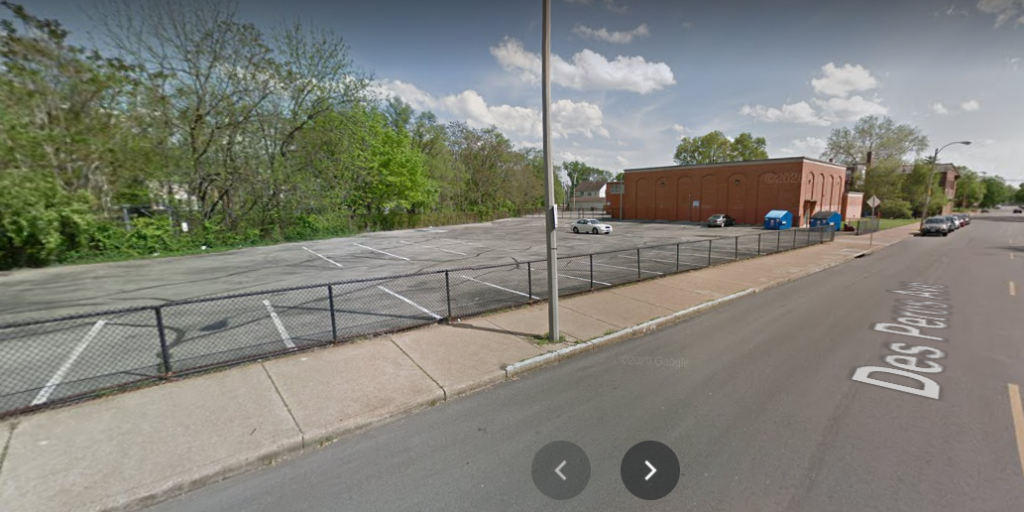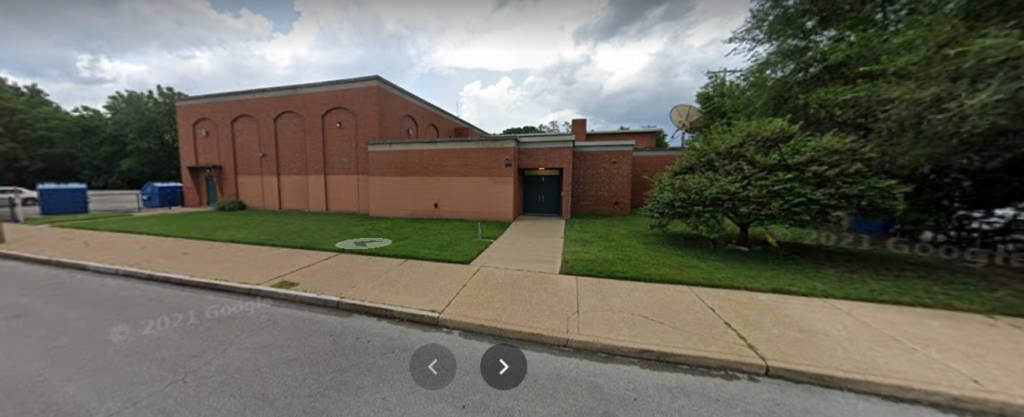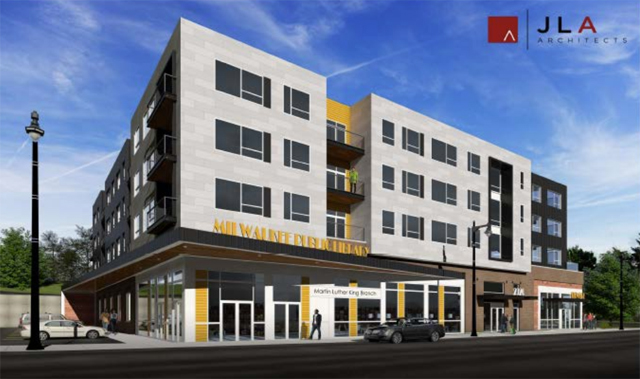History of the Des Peres River and Construction
Des Peres Avenue cuts through the middle of the Skinker DeBaliviere neighborhood like a scar. Originally an open river with treacherous banks during the flooding season, it was buried underground in the 1930s. Today, the only hints it still exists are the street signs and the rumored whispers rising from the sewer grates.

Because the river still runs through the neighborhood below ground, the ground along Des Peres Avenue is not well suited for construction. To build homes there, a developer may need to install piers. The cost to build rises, and the whole process becomes more difficult. This has led to the street being littered with empty lots.
In recent years, a single family home has been built on Des Peres and a three-family flat is currently under construction. It appears that barrier to development is perhaps disappearing. At the same time, the Walker townhomes on Des Peres between Washington and Westminster were unable to begin construction due to lack of interest beyond the first unit.
NextSTL – UIC proposes three infill homes in city’s Skinker Debaliviere neighborhood
History of 450 Des Peres
With all of this shifting going on, one constant for Des Peres since at least the 1970s (and possibly earlier) is an old Hamilton School expansion campus. Back in the day, Skinker DeBaliviere was really hopping with population density. Hamilton Elementary did not have enough capacity to accommodate the community and so a few extra buildings housed students.
One of the buildings was new construction at 450 Des Peres. A bulky and uninspiring brick cube, the school building appears to have been built with the pocketbook in mind. This is in contrast to many of St. Louis’ famed Ittner marvels. At some point, the date unbeknownst to me, the expansion campus closed. In recent years the school building has been used for professional development of new teachers in St. Louis Public Schools, meaning that it only sees full capacity use on a handful of days per year. It is in use everyday, but rarely at full capacity.
I walk by this building often on my way to The Loop. I also have a familiarity with its interior as an SLPS educator. The interior has little reuse purpose. The hallways and stairwells are tight, the classes small, and the environment dark and gloomy. It’s exterior is equally depressing, surrounded by cracked concrete. Few windows exist on the façade preventing any hope for interest or engagement from passing pedestrians.


A vision for the future of 450 Des Peres
This lot, located just a block north of Greg Freeman Park, has so much more potential than its current situation. A community center with 4-5 floors of mixed-income housing above would be in line with the neighborhood’s values.
The ground floor could have classrooms for the continuation of SLPS professional development. In the evenings, it could also host adult education and community-led courses. The new community space could even house the small library branch currently located on Skinker north of Waterman. Since the lot is fairly big, a basketball court or two (that could also be used for indoor soccer, etc.) could also be placed on the ground floor. This would offer more opportunities for safe and healthy play for our youth on bitterly cold and scorching hot days alike.
On the floors above, mixed-income housing could add more residents to the neighborhood (down 1,700 people since 1990) while also living up to the values of inclusion that the neighborhood espouses. Allotting housing for 60% and 80% AMI in a new community-focused development would help to set a precedent for what this neighborhood expects from developers moving forward. Recent new apartment construction like the Expo and Hudson has been disappointingly lacking in equity practices.


In my ideal world, this development would come with few to no car parking spaces, but would include a wealth of bike parking. I dare to claim that few neighborhoods in St. Louis bike as much as Skinker DeBaliviere, and the neighborhood’s central location in addition to its transit access makes it one of the most car-optional neighborhoods in the metro area. Now, we have seen how much homeowners in this neighborhood love parking, but let me dream about a world where we don’t mandate $20,000 parking spots in the city.
A good fit for Skinker DeBaliviere
To the north of this lot is a sliver-like parcel where the neighborhood has been attempting to build momentum for a dog park. This community-minded use would pair nicely with a community center. It could also help to spur development just north around the Delmar Metrolink Station where Washington University owns nearly all of the land, seemingly waiting to make their move.
More public spaces for our community, and especially our youth, should be a priority moving forward for this city. It is important that we create opportunities for our children – all of our children, not just the wealthy ones. A community center with mixed-income housing above would be a step forward in achieving just that.
